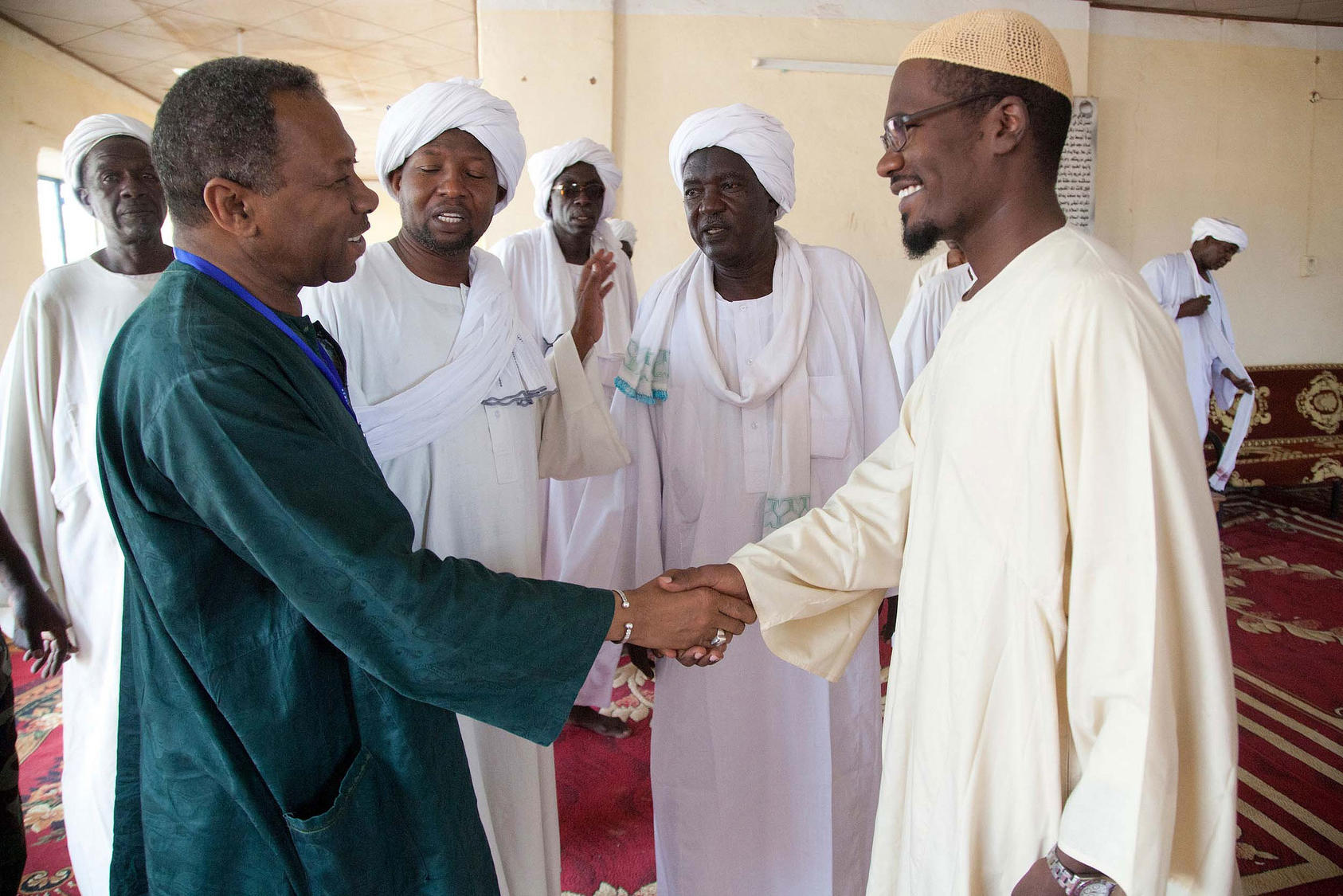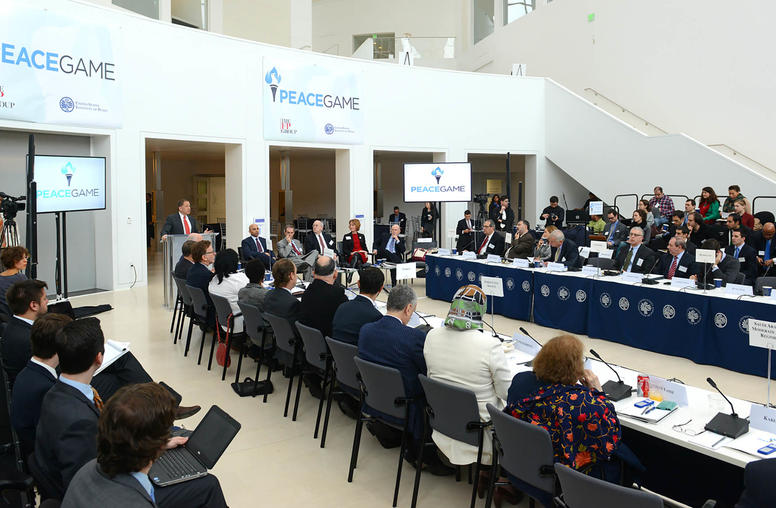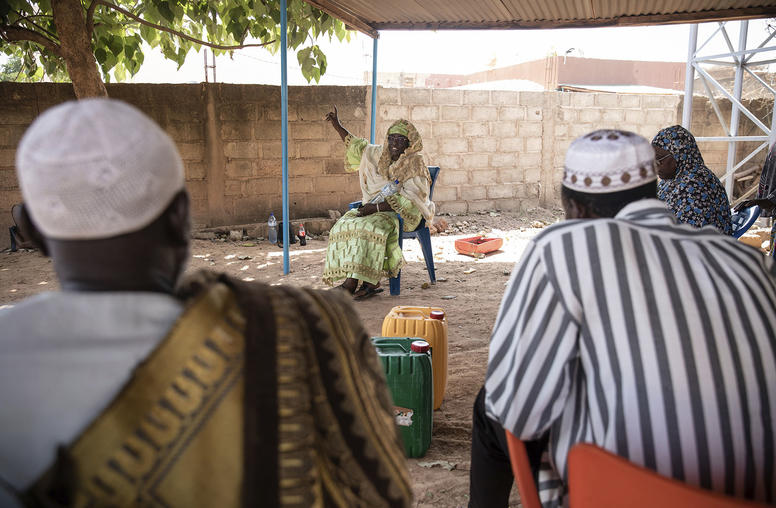Introduction to Peacebuilding
This course provides an overview of the peacebuilding field and introduces the skills needed to succeed in it. Guided through an exploration of USIP’s 30+ year experience engaging with local partners in conflict zones around the world, learners are exposed to a set of key theories, skills and approaches to building peace and to real-world examples that exemplify the complex challenges of peacebuilding.

Learning objectives:
- Explain global trends in conflict over time and how these trends have given rise to the field of peacebuilding.
- Define many of the key factors that impact peacebuilding: in particular, peace, conflict, violence, conflict resolution, conflict transformation, resilience, and reconciliation.
- Understand how conflict sensitivity and inclusion, as well as local solutions for local conflicts, are pillars of peacebuilding.
- Outline key peacebuilding priorities, actors, and approaches.
If you cannot view the video, click here to download it.
Agenda
Chapter 1: Towards a Peacebuilding Definition
This chapter provides a definition for peace, conflict, and violence as foundations for understanding the peacebuilding field. It also distinguishes between conflict resolution and conflict transformation. The chapter then concludes with analyzing different definitions for peacebuilding. (30 minutes)
Chapter 2: Pillars of Peacebuilding
This chapter provides an overview of three foundational pillars of peacebuilding: conflict sensitivity, trauma-informed peacebuilding, and gender inclusivity. It explains that institutionalizing and integrating conflict sensitivity approaches and gender analysis while taking a trauma-informed lens determines the long-term sustainability of peacebuilding programming. (30 minutes)
Chapter 3: Peacebuilding Priorities, Actors, and Approaches
This chapter actualizes peacebuilding by laying out various priorities and approaches utilized by actors in different contexts. It also examines the different roles individuals and organizations play within peacebuilding and the challenges they might face, tying all together with a fictional scenario activity at the end. (30 minutes)
Chapter 4: Concluding Remarks on Conflict and Peacebuilding Today
This chapter concludes with a look at the state of conflict and peacebuilding today and asks you to reflect on what you've learned throughout the course and share your feedback with us. (30 minutes)



